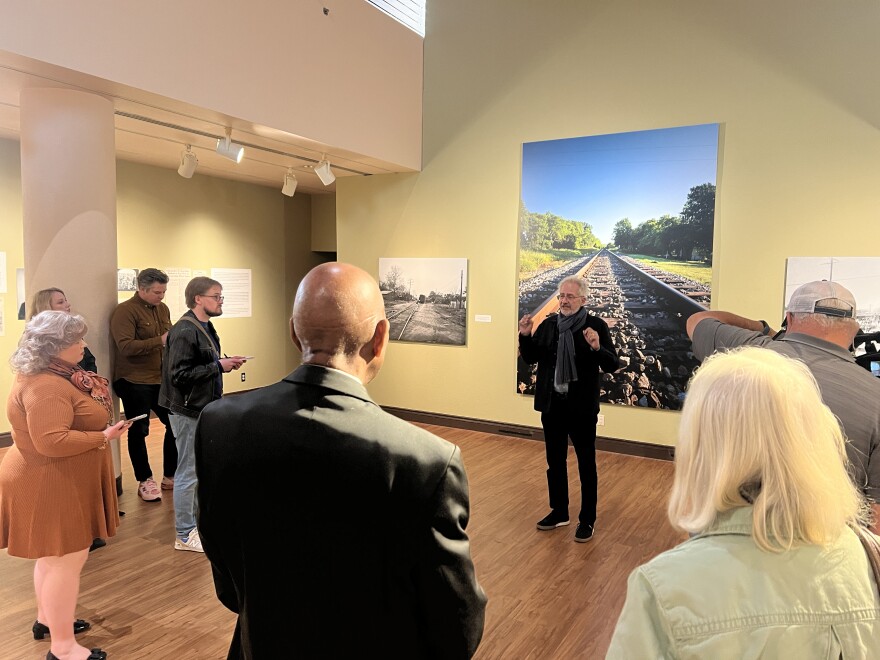In honor of Deep Ellum’s 150th anniversary, the African American Museum of Dallas is displaying two exhibitions by award-winning photographer Alan Govenar focusing on the Black community that once thrived there.
Central Track: Crossroads of Deep Ellum and Seeing a World Blind Lemon Never Saw are two of five exhibitions Govenar made to commemorate the historic area and to raise awareness of the reality of racism in a community that struggled to survive.
“What we need to celebrate with Deep Ellum was that it was a place where people came together from different cultural backgrounds,” Govenar said. “If not by choice, by necessity.”
Crossroads of Deep Ellum focuses on the historic former railroad track separating Deep Ellum from downtown Dallas. The area formally known as Central Track is where laborers were picked up and dropped off from cottonfields in the 1920s and ‘30s. The surrounding area -- now Uptown -- was home to a large Black community and many Black-owned businesses.
“People struggled to survive in a very complicated world that was fraught with racism and antisemitism, and against all odds, people triumphed,” Govenar said.

The exhibition features newspaper clippings, archival photographs, and recordings of popular music from that time, including songs from legendary blues singer Blind Lemon Jefferson. He's also the focus of Governar’s other exhibition on display at the museum.
Serving as a timeless capsule for human experiences, Seeing a World Blind Lemon Never Saw features 34 photos of rural East Texas and Dallas neighborhoods where Jefferson once lived and that he commemorated in songs.
Philip Collins, the curatorial consultant at the museum, co-curated both exhibitions. He has worked with Govenar for years and said he wanted to use this project to promote a conversation about Black communal areas.
“If we could bring that issue up here now, maybe they’ll catch on in these other areas. What we want to promote from this is dialog,” Collins said. “We want to create programs from these exhibitions where people can come together and talk about race and these issues.”
Collins hopes these programs fill the void in many spaces that lack Black studies.
“It makes us important to do this because this is not our reaction,” he said. “This is our reply, so to speak, to that issue.”
The museum has three more exhibitions from Govenar at the newly opened Deep Ellum Community Center.
Govenar and community leaders will participate in a panel discussion at the Nasher Sculpture Center at 5:30 p.m. Wednesday.





